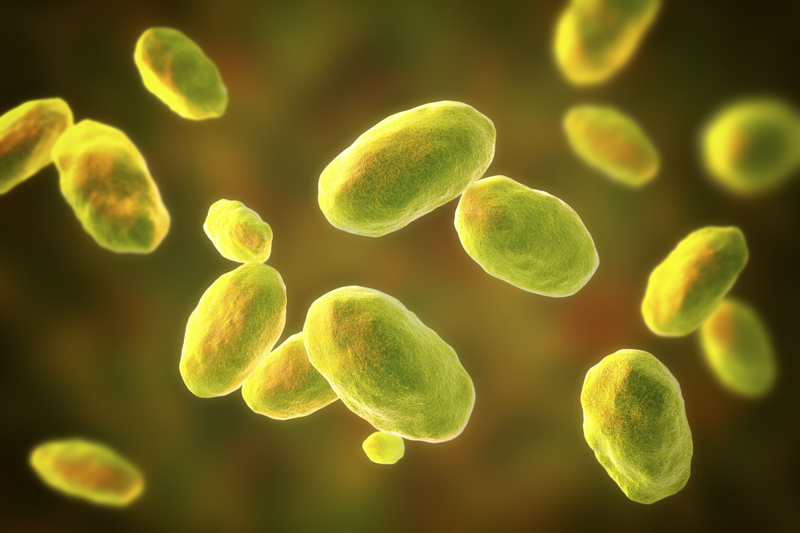Swedish officials are investigating an outbreak of Yersinia with more than 20 people affected.
The Public Health Agency of Sweden (Folkhälsomyndigheten) reported the source of infection is still unknown. Infection from Yersinia is relatively rare in Sweden, with between 200 to 300 cases reported annually.
A total of 26 cases have been confirmed by whole genome sequencing (WGS) and a few others are being investigated.
In the middle of May an increase in reported cases of Yersinia infection was seen in Sweden. Seven regions from different parts of the country have reported patients, but the majority come from northern regions of Sweden.
Just as many men as women aged 13 to 68 years old have been affected, with 69 percent of cases are younger than 30 years old.
Because the outbreak strain Yersinia enterocolitica type O3 has been found in different parts of the country, it is likely a foodborne infection, according to Folkhälsomyndigheten analysis.
After an incubation period of three to seven days, symptoms of Yersinia infection include fever, diarrhea and abdominal pain in the right lower part of the abdomen.
The current outbreak strain differs from one that caused illness earlier this year. In April 2019, a cross-border outbreak of Yersinia enterocolitica O3 was identified in Sweden and Denmark and confirmed using whole genome sequencing.
Previous outbreak in Sweden and Denmark
Results of the investigation of this outbreak have been published in the journal Eurosurveillance.
A total of 57 patients were confirmed, 37 from Sweden and 20 from Denmark. Thirty were aged 20 to 35, with an overall age range from 2 to 74 years old. Thirty-one of the patients were female. The sick people are from all five Danish regions and 13 of 21 Swedish counties. Date of onset was known for 48 cases. It ranged from Feb. 10 to April 3, with a peak from March 4 to 16.
Epidemiological and trace-back investigations pointed to imported fresh spinach from Italy or Spain as the outbreak vehicle. Transmission is usually associated with eating raw or undercooked pork but other foods like spinach could be contaminated through irrigation water, fertilizer or other environmental sources.
In early April, Folkhälsomyndigheten and Statens Serum Institut (SSI) in Denmark both noted an increase in Yersinia enterocolitica O3 biotype 4 cases as part of routine surveillance. In Denmark and Sweden, Yersinia enterocolitica isolates are only typed using WGS in case of suspected outbreaks.
Denmark sees about 400 patients a year with Yersinia enterocolitica infections, with 366 reported in 2018.
Folkhälsomyndigheten shared a representative outbreak sequence with public health institutes in Denmark, Finland and Norway to see whether a matching cluster had also been observed. Swedish and Danish sequences were found to be of sequence type (ST) 18 and genetically closely related.
Spinach suspected
In Denmark, spinach was suspected as the source because all 16 patients who were interviewed had eaten fresh spinach the week before onset of symptoms.
The Swedish case control study also pointed toward a vegetable or fruit product and not pork, but no statistically significant food items were found. Among patients, 20 of 29 had eaten spinach.
Trace-back investigation linked the spinach sold in Denmark and Sweden to a single common producer and two specific batches. No other European countries reported cases connected to the outbreak. No spinach from implicated batches was available for testing and no recall was performed.
Two Danish and 11 Swedish patients reported date of onset for symptoms as earlier than date of import of the first common batch. However, all cases had a fecal sample date after the first import date. Whether the early cases are explained by incomplete recall, illness due to a different pathogen before yersiniosis or for the Swedish cases potential contamination of earlier imported lots from the same producer, is unknown, according to the researchers.
Currently wholesalers routinely sample pre-cut vegetables for Salmonella, E. coli and Listeria monocytogenes, according to microbiological criteria in European Commission regulation number 2073/2005, but normally not for other pathogens.
(To sign up for a free subscription to Food Safety News, click here.)

